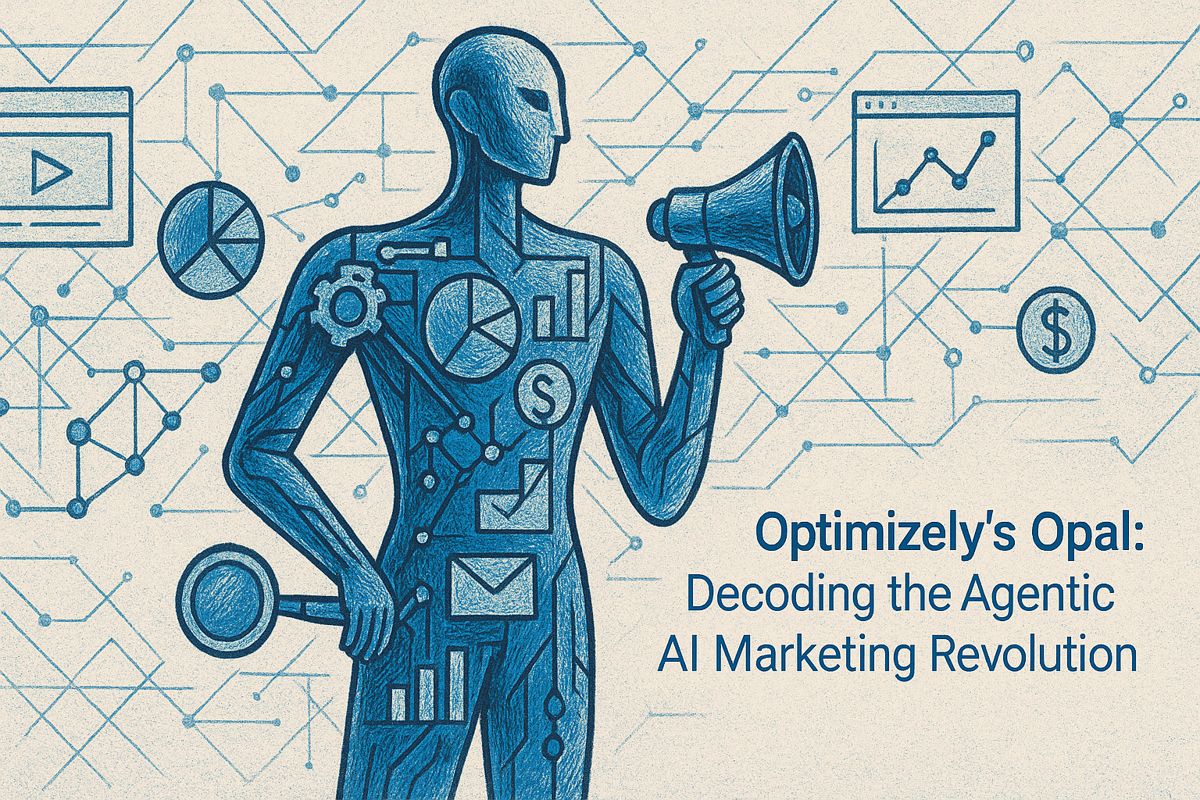Mistral Medium 3.1 is a powerful AI tool for businesses, offering top performance at a fraction of the cost of big names like GPT-4o. It’s easy to use, works inside secure company systems, and needs less money to run, making it perfect for big companies watching their budgets. Major brands are already trying it out, using it to write code and handle customer support much faster. While it isn’t the fastest or most mature model yet, it stands out for its low price and strong results, making it a smart pick for 2025.
What makes Mistral Medium 3.1 a compelling choice for enterprise AI?
Mistral Medium 3.1 offers enterprise-grade AI at up to eight times lower cost than competitors like GPT-4o, with comparable accuracy (within 90% on benchmarks), flexible deployment options (on-prem or VPC), and features such as drop-in Docker integration – making it ideal for cost-effective, secure enterprise adoption.
Over the past six weeks, the French firm Mistral has quietly shipped two incremental updates to its Medium family that have already moved the needle in enterprise AI budgets. Mistral Medium 3 quietly appeared in May, followed by the follow-up 3.1 patch in late July. Early adopters report the same headline numbers that impressed the first public testers: code that compiles on the first prompt and marketing copy that passes style guides without human rewrites.
Price, not power, is the immediate shock. At $0.40 per million input tokens and $2 per million output tokens, the model now costs up to eight times less than Claude Sonnet 3.7 or GPT-4o while scoring within 90 % of their benchmark averages on HumanEval, MMLU-Pro and GSM8K, according to openrouter.ai and vals.ai.
| Metric | Mistral Medium 3.1 | Claude Sonnet 3.7 | Llama 4 Maverick |
|---|---|---|---|
| Input cost (per 1 M tokens) | $0.40 | $0.60 | $0.50 |
| Output cost (per 1 M tokens) | $2.00 | $2.40 | $2.10 |
| Average accuracy (coding + STEM) | 61.9 % | 64.2 % | 59.7 % |
| Latency (TTFT) | 0.44 s | 0.41 s | 0.43 s |
What the numbers mean in practice
Enterprise architects have shown the biggest enthusiasm. BNP Paribas, AXA, Schneider Electric and three unnamed multinational banks are already running pilots that pipe internal codebases through the 3.1 API or a self-hosted four-GPU cluster, per TechCrunch. Because the model can be deployed on-prem or inside private VPCs, compliance teams can keep sensitive financial data inside their own perimeter while still benefiting from frontier-class reasoning.
Inside the release cadence
- May 2025: Mistral Medium 3 ships with 128 k-token context, Mixture-of-Experts efficiency gains and Python/JavaScript tool-calling support.
- July 2025: 3.1 patch adds improved vision reasoning and a 10 % latency drop achieved by shrinking the expert layer size from 4 B to 3.2 B parameters.
- October roadmap: The company has teased a 3.5 variant doubling context to 256 k tokens and adding native spreadsheet reasoning for finance teams.
Hidden strength: enterprise plumbing
Unlike most “open” models, Mistral Medium 3.1 is not fully open-source. The weights remain closed, but the firm ships a drop-in Docker image with hooks for custom post-training and integration into existing CI/CD pipelines. One energy company cited in InfoQ’s coverage cut customer-support ticket resolution time from 18 minutes to 4 minutes by fine-tuning the model on 300 k historical support logs.
Caveats to keep in mind
- Speed : At 39 tokens/second, Medium 3.1 is slower than Command R+ (48 tok/s) and Sonnet 3.7 (44 tok/s) on large prompts.
- Context ceiling: 128 k tokens is ample for most codebases, but long document workflows may still favor Claude’s 200 k window.
- Maturity : The model family is less than half a year old; long-term stability benchmarks have not yet matched legacy OpenAI or Anthropic offerings.
Still, for teams that need production-grade performance inside a per-token budget that looks more like 2022 pricing, Mistral Medium 3.1 has become the quiet heavyweight to watch through the rest of 2025.
What exactly is Mistral Medium 3.1 and why is it generating buzz in 2025?
Mistral Medium 3.1 is the July/August 2025 upgrade to Mistral Medium 3, released in May 2025. In benchmark tests it delivers ≥90 % of the performance of Claude Sonnet 3.7-a far more expensive model-while costing up to 8× less. At $0.40 per million input tokens and $2 per million output tokens, it undercuts most frontier-class competitors by a wide margin, making enterprise-grade AI suddenly affordable.
How do the latest numbers compare to rivals like Claude Sonnet or Llama 4 Maverick?
| Metric (August 2025) | Mistral Medium 3.1 | Claude Sonnet 3.7 | Llama 4 Maverick |
|---|---|---|---|
| Input price / 1 M | $0.40 | $0.60 | $0.50 |
| Output price / 1 M | $2.00 | $2.40 | $2.10 |
| Intelligence Index | 38 | 41 | 37 |
| Context window | 128 k | 200 k | 128 k |
Independent benchmark provider Artificial Analysis notes that Mistral Medium 3.1 is “cheaper compared to average with a price of $0.80 per 1 M blended tokens” while still ranking in the top tier for reasoning and coding tasks.
Which enterprises are already using it and what are they achieving?
Early adopters span finance, healthcare, and energy. A major European bank is running customer-support automation on four on-prem GPUs, slashing inference costs by 75 % versus its previous OpenAI-based stack. Healthcare clients are leveraging the model for long-document summarization and clinical coding, retaining full data sovereignty inside private VPCs.
Can small teams really deploy a frontier-class model on just four GPUs?
Yes. Mistral optimized Medium 3.1 for single-node inference and offers containerized images that run on any NVIDIA A100/H100 setup with ≥80 GB VRAM. A four-GPU node can handle tens of thousands of queries per hour for typical enterprise workloads, according to AWS SageMaker performance sheets.
How does Mistral’s hybrid open/closed approach affect buyers?
While Mistral Medium 3.1 itself is closed-source, the company continues to open-source smaller research models (e.g., Magistral Small) under Apache 2.0. This gives buyers transparency on the architecture and safety practices without exposing the proprietary weights of the enterprise variant. IT leaders interviewed by ComputerWeekly say the policy “changed the way we look at AI risk and vendor lock-in.”



















